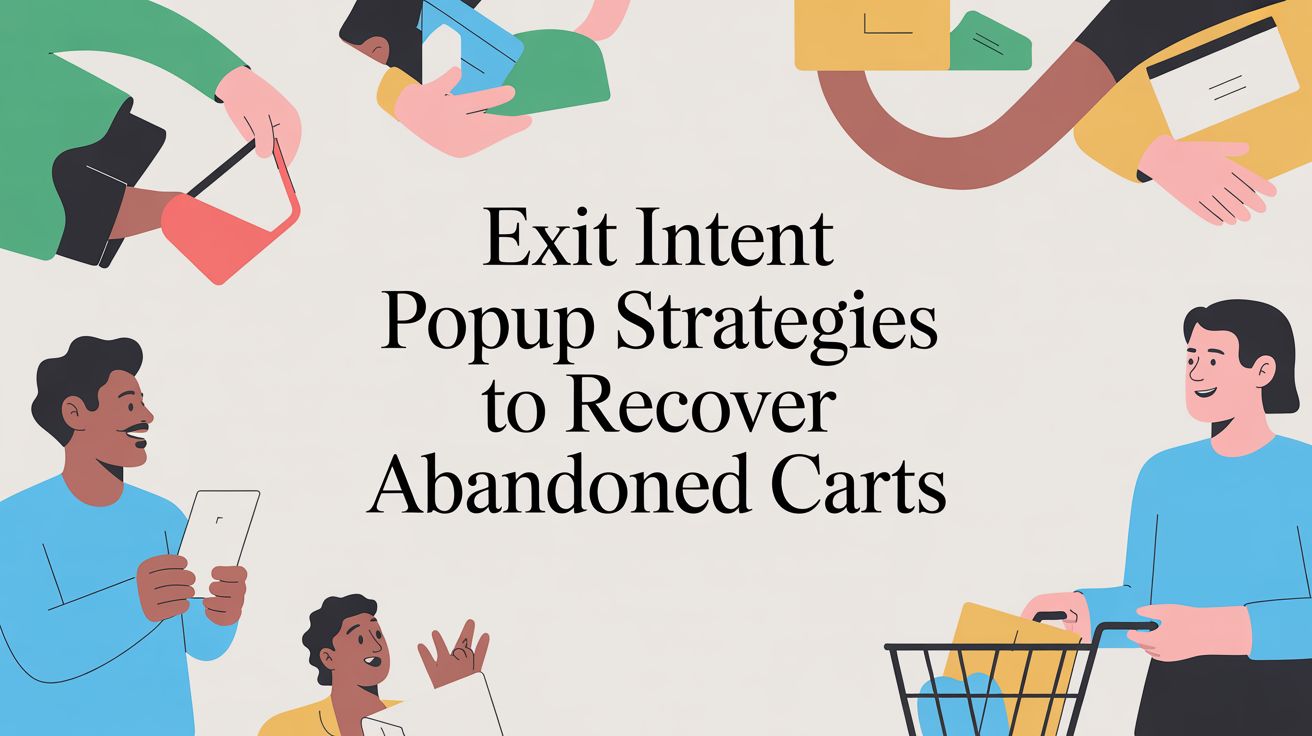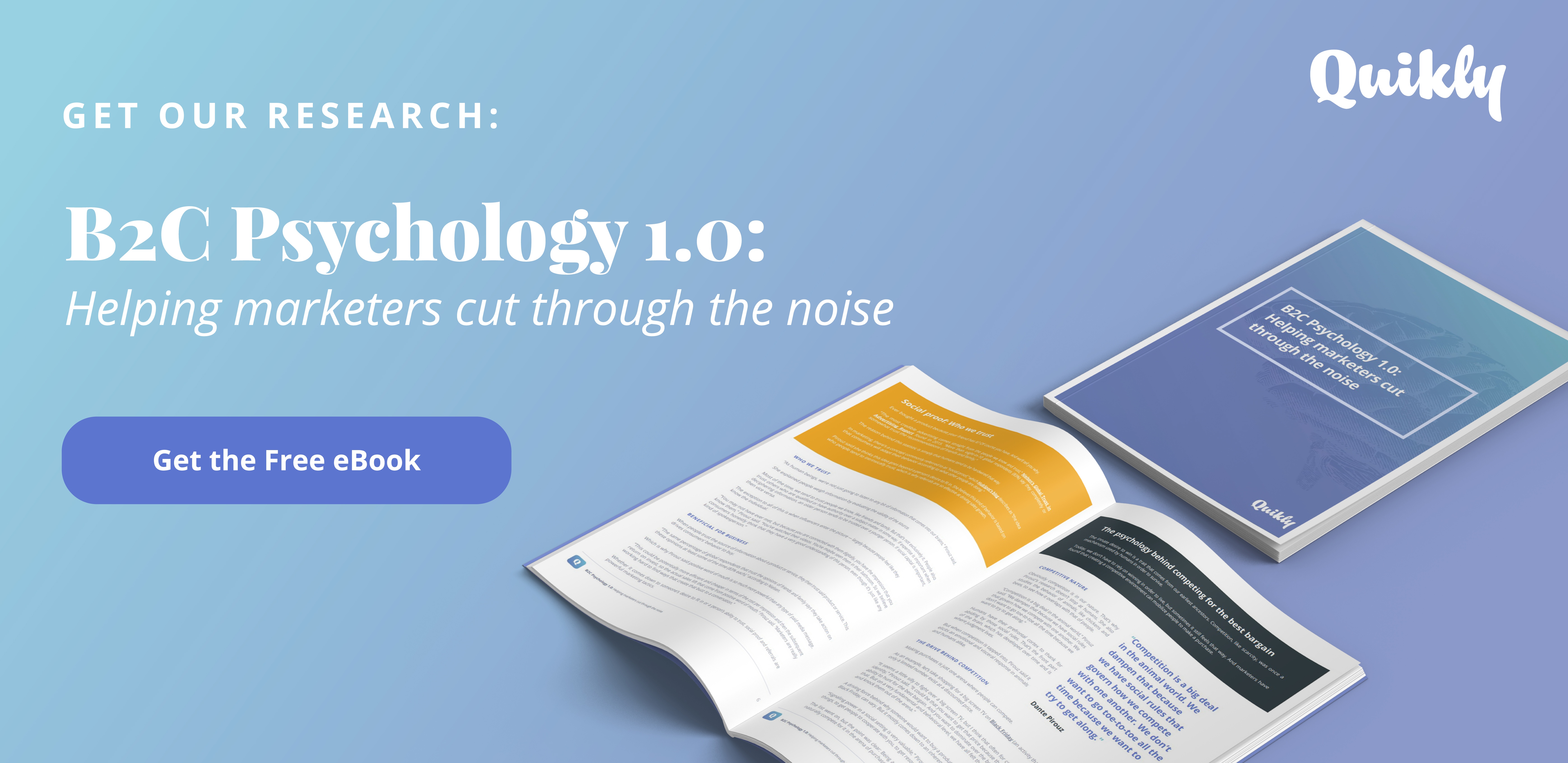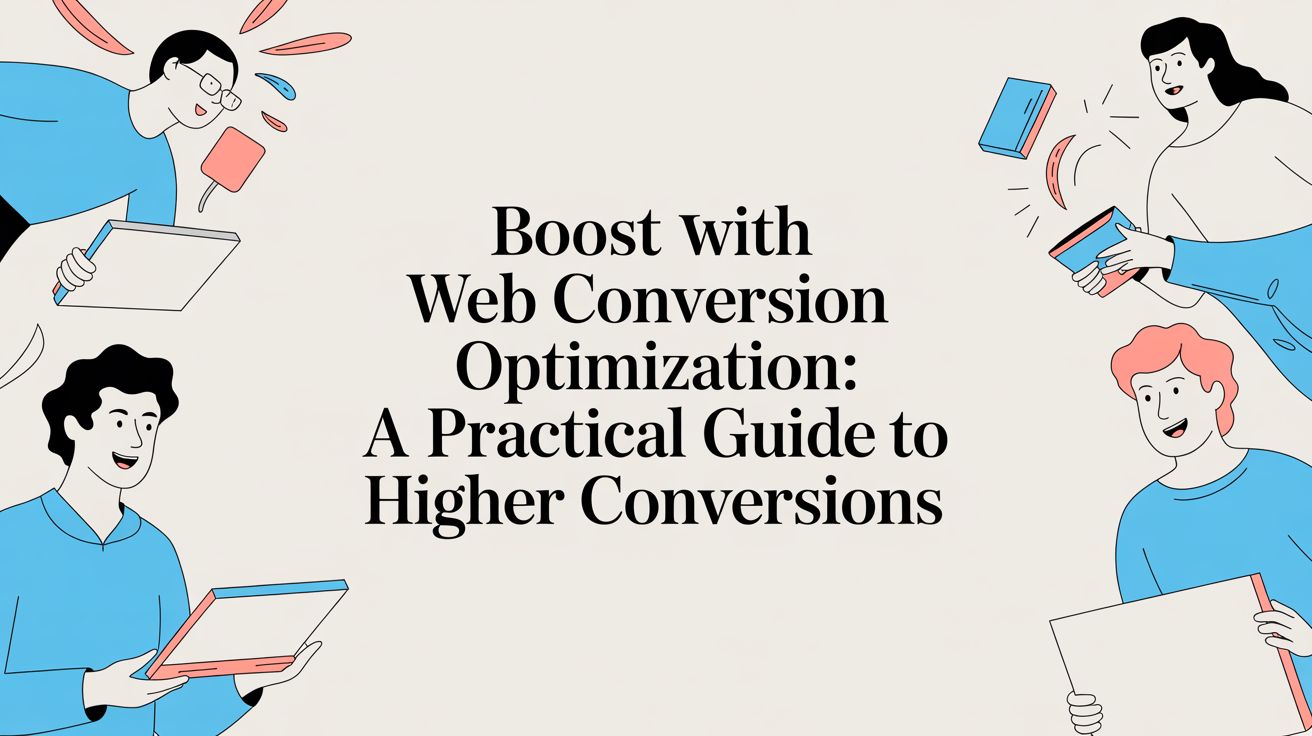
2 marketing psychology principles you might not know about

Let’s face it: Marketing psychology is no small subject.
With so many facets to the human brain, it’s no surprise that the added focus on marketing makes for a very vast topic — one full of components that can get overlooked by even the most skilled marketers.
Most people familiar with marketing psychology have come across commonly discussed concepts like scarcity, anticipation and social proof during their marketing journey. While these are great strategies for driving revenue and retaining customers, they aren’t the only ones available to marketers.
We brought in some key team members from Spark Emotions, a global market research agency based out of the United Kingdom that specializes in consumer psychology, to discuss three silent but powerful marketing concepts: the pain of buying, subliminal messaging and the “framing effect.” Specifically, we talked to: Evie Harris-Jenkins, Research Executive; Will Morgan, Associate Director; and Jack Hillaby , Head of Brand and Marketing.
Here's what they shared:
What is marketing psychology?
Breaking down large concepts into simple terms can be quite helpful in understanding how to best use them. We asked our friends at Spark Emotions to give us their take on marketing psychology.
“[Marketing psychology is the process of] using knowledge on how humans behave, how they think and they feel, and applying it to the world of marketing and business,” said Harris-Jenkins.
Without even realizing it, many of us have seen marketing psychology in action. Some of your favorite brands have utilized brain science in their campaigns through things like photo angles, word placement and color.
“In ads we tend to look at faces more, and most marketers know this because we see it a lot, but we innately prefer to look at other people — we’re a social species,” said Harris-Jenkins. “However, some don’t realize that people will look at faces more than products, so marketing companies can make mistakes if they use models who are not looking at the products; we follow people’s gazes, if the person in the ad is looking at the product, so will we.”
Underrepresented marketing psychology concepts
Are there other forms of marketing psychology that we don’t always recognize as such? Yes, according to the team at Spark Emotions. Two of them follow.
1. Pain in buying
It’s no coincidence that we listed pain in buying as the first concept on our list of underutilized marketing psychology strategies. While many consumers can attest to feeling negatively about parting ways with their money, they may not know this is a result of their natural human response to pain!
Harris-Jenkins likens the pain of spending money to heartbreak. She says it causes negative emotions, such as pain and discomfort, that can sometimes even motivate a consumer to change their mind about going forward with a purchase.
While emotions can be a tricky subject to tackle, positively connecting to a consumer’s feelings can be the difference between making a sale and losing a customer.
“As soon as a product is coming down to price you’ve already begun to lose that fight,” said Morgan. “Ideally, you want to appeal to the goals of your consumer or the emotion around that purchase to try and get them to not think about price.”
Leveraging cashless payments, removing currency signs and bundling can help.
Cashless Payments
“Going cashless reduces the amount of emotional pain [associated with spending money],” said Evie-Jenkins.
Part of this is because it requires a different way of thinking.
“When we have to use numbers we’re using a different set of logic than when we’re using words," said Morgan. "Once you start using numbers and prices we start having to rationalize the math in our head. When you use words like ‘free,’ that’s a language we can understand, and it keeps things emotional instead of logical.
Aside from not having to deal with numbers, cashless payments don’t require humans to see money leave their wallets.
“You don’t even see your card details a lot of time [with e-commerce purchases]," Morgan added. You just click a button and it’s at your door, within hours even.”
Hillaby cited digital retailer Amazon as a star example of brands who capitalize on cashless payments.
“…Amazon’s a good example of how they’ve made [shopping] really easy. The products tend to pop up quite easily and you don’t even have to put them in a basket — you just hit ‘buy now.' "
Currency signs
Removing currency signs from prices can also minimize purchasing pains.
“This is one of my favorite, little subtle strategies because it dissociates the product with money," said Harris-Jenkins. "You don’t think about parting with your money as much if you don’t see the currency signs."
A study by Sybil S. Yang; Sheryl E. Kimes, Ph.D.; and Mauro M. Sessarego of Cornell University, discovered that test subjects who were presented prices without a currency symbol spent more of their money than those who saw a currency sign next to the price of a product.
Bundling
Ever heard of the saying, “more bang for your buck?” We might have bundling to thank for the idea.
Selling multiple products at once for one set price eliminates the need for repeated payments on each individual item. As Harris-Jenkins puts it,” more purchases equals more pain,” and by increasing the amount of products without increasing the number of purchases, you help to alleviate any pain points and increase the emotional value of your items.
2. The framing effect
The framing effect is another less-talked-about marketing psychology concept.
“We make a decision based on how information is given to us,” said Harris-Jenkins. “So you can have the same information given to you twice but in two different ways which can influence which way you go, whether you go to the more positively framed one or the negatively framed one.”
Word choice offers one example of this psychological concept.
“If you take two yogurt products, for example, and one says, ‘only 30% fat’ and the other says ‘70% fat-free,’ the '30% fat' [is] framed quite negatively," said Harris-Jenkins. " 'Only' is a negative word, 30 is less than 70, and people perceive higher numbers to be more positive than lower numbers; that’s kind of the way we make our decisions based on words."
Thanks to marketing psychology, marketers have a lot of innovative strategies at our disposal. While many brands have seen success using the tried-and-true versions, there are many lesser-known concepts to learn about out there, as well. Purchase pains, subliminal messages and the framing effect are only three of them.

Lindsay Keener is a brand journalist for Quikly. She covers stories that help to inform and educate consumer-facing marketers.

